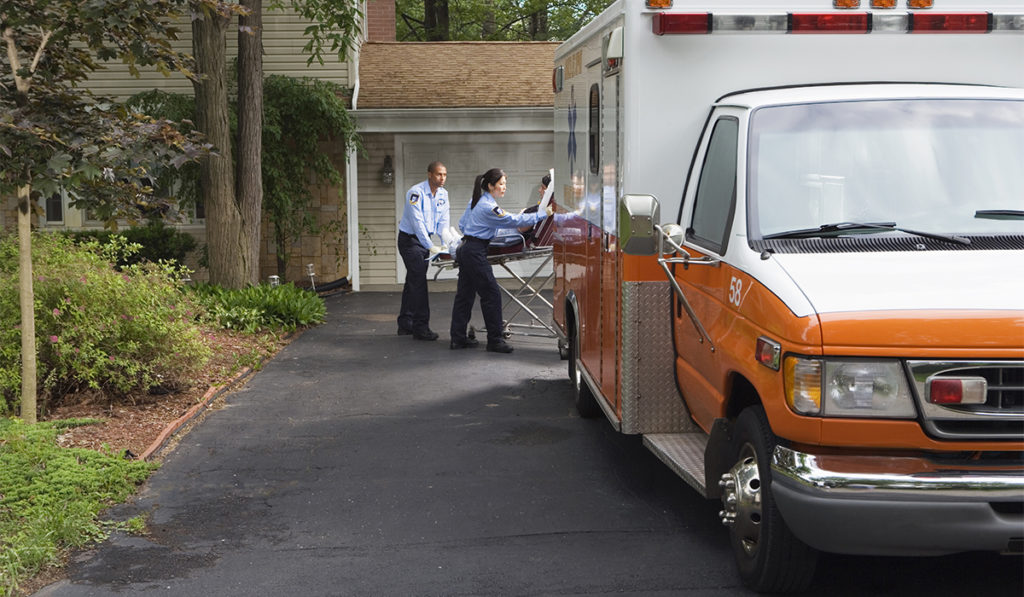Judging from the sharp drop in hospital ST-elevation myocardial infarction (STEMI) cases during the first months of the COVID-19 outbreak, many symptomatic patients opted to stay home rather than face perceived infection risk in the hospital.
“Clearly, we need to spread the idea that urgent cardiac care still needs to go on in the age of a pandemic,” said Jared O’Leary, M.D., a cardiologist at Vanderbilt University Medical Center. O’Leary says he worries that the sequelae among patients who avoided emergency care will be grim.
“I expect to see more mechanical complications, arrhythmias, cardiogenic shock, heart failure and left ventricular thrombus – most of which we could have avoided with early treatment.”
Cases Drop Locally, Nationally
Vanderbilt’s ED saw a 45 percent year-over-year decrease in STEMI visits in March and 26 percent in April. The drop is roughly commensurate with the 38 percent decline reported across the country. As the volume of STEMIs dropped, O’Leary says the acuity of the events intensified.
As to why STEMIs dropped so significantly, O’Leary is suspicious of the argument that fewer people had heart attacks. More likely, more people simply “toughed it out” at home despite their symptoms, he said, risking permanent damage.
Tyler Barrett, M.D., medical director of the Adult Emergency Department at Vanderbilt, said he talked with numerous patients with known coronary disease who said they were scared to come in, preferring to “wait and see” at home. “Fortunately, they made the right decision to come to the ED. Some required additional persuasion from their primary care doctors to have their symptoms evaluated,” Barrett said.
Changing Perceptions of Risk
“At Vanderbilt, we have gone to extraordinary measures to protect patients and are not seeing COVID-19 spread within the hospital. The potential harm of a delayed MI diagnosis, especially a STEMI, is far more likely to be harmful than the exceedingly low risk of acquiring COVID-19 in the hospital,” Barrett said.
“Potential harm of a delayed MI diagnosis, especially a STEMI, is far more likely to be harmful than the exceedingly low risk of acquiring COVID-19 in the hospital.”
In early March, Vanderbilt implemented a comprehensive triage system to test and treat for COVID-19 prior to entry into the hospital. Barrett says the system should reassure patients that risks of contracting COVID-19 within the hospital are small.
While Vanderbilt saw normalization in STEMI ED visits in May, there is still a critical need for communication, O’Leary said.
Toward that end, the cardiology team at Vanderbilt is contacting patients directly via telemedicine to inquire about symptoms and explain that the benefits of early treatment outweigh the real risk of COVID-19. Vanderbilt leaders are also communicating with local emergency medical services about the safety measures implemented in the ED to protect patients and all health care workers. Additionally, they are reaching out to city and state leaders to publicize the message that patients and their families who are on the fence about going to the ED should reach out.
“People will hear the message if our leaders are on board,” O’Leary said. “The mantra that’s been going around the medical center is ‘When in doubt, communicate.’”






